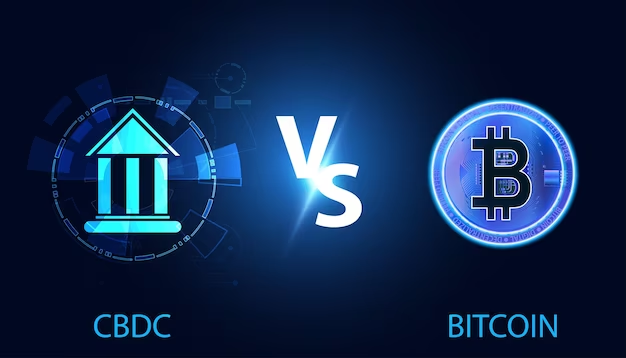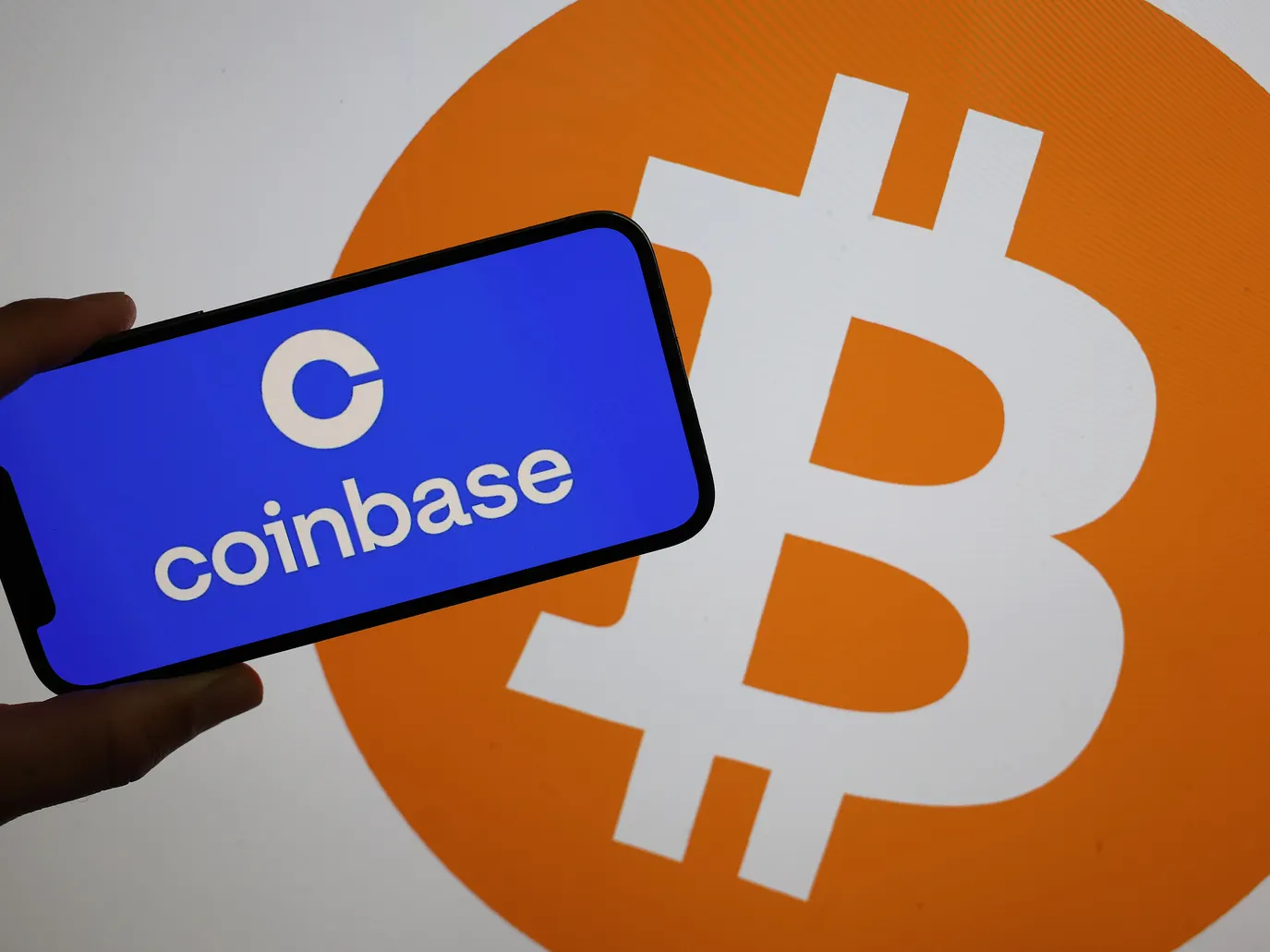Introduction
Bitcoin, the pioneer of cryptocurrencies, has captured the world’s attention since its inception in 2009. As it gained popularity, it encountered a significant challenge – scalability. Bitcoin’s original design had limitations that hindered its ability to efficiently handle an ever-growing number of transactions. This resulted in delays, soaring transaction fees, and concerns about its long-term sustainability. In response to these challenges, the Lightning Network emerged as a potential solution to address Bitcoin’s scalability issues.
In this comprehensive guide, we will delve deep into the world of Bitcoin scalability and the Lightning Network. We will explore what scalability entails, why it is of paramount importance, and how the Lightning Network aims to revolutionize Bitcoin’s scalability. We will also dissect the challenges, benefits, and prospective future developments in these domains. So, let’s embark on our journey through the intricate landscape of Bitcoin scalability and the Lightning Network. how does it work?

Understanding Scalability
Scalability, within the context of cryptocurrencies like Bitcoin, refers to the network’s inherent capacity to efficiently process an escalating number of transactions. In simpler terms, it denotes how proficiently the system can expand and adapt to accommodate a growing user base. Scalability plays a pivotal role in ensuring the widespread adoption of any blockchain-based technology by preserving the network’s speed, affordability, and accessibility for all users.
1.2 The Scalability Problem in Bitcoin
Bitcoin’s original design, although groundbreaking, possessed certain limitations that impeded its scalability. The most prominent hurdle was the block size limit. Bitcoin transactions are grouped into blocks, and each block has a maximum size, initially restricted to a mere 1 MB (megabyte). This constraint meant that only a finite number of transactions could be included in each block.
As the Bitcoin network welcomed more users, the demand for transaction processing surged, leading to congestion and delays. Users found themselves obliged to pay higher transaction fees to incentivize miners to prioritize their transactions. This predicament compromised Bitcoin’s efficiency and accessibility, particularly for microtransactions.
The Lightning Network Solution
2.1 What is the Lightning Network?
The Lightning Network is a transformative second-layer solution meticulously crafted to address Bitcoin’s scalability issues. Its inception can be traced back to a seminal whitepaper titled “The Bitcoin Lightning Network: Scalable Off-Chain Instant Payments,” authored by Joseph Poon and Thaddeus Dryja in 2015.
Operating atop the Bitcoin blockchain, the Lightning Network unlocks the potential for swifter and more cost-effective transactions by establishing an intricate web of payment channels. These channels empower users to engage in direct, off-chain transactions, thereby bypassing the necessity to record every transaction on the Bitcoin blockchain. This innovative off-chain approach ingeniously mitigates congestion and reduces fees.
2.2 How Does the Lightning Network Work?
Payment Channels: The Lightning Network’s foundation is laid through the creation of payment channels. Two parties can initiate a payment channel by setting up a multi-signature wallet on the Bitcoin blockchain. This wallet acts as a secure ledger where both parties can deposit funds.
Off-Chain Transactions: With the payment channel established, the involved parties can engage in an unrestricted number of transactions off-chain. These transactions remain unrecorded on the primary Bitcoin blockchain.
Settlement on the Bitcoin Blockchain: At any given juncture, either party can opt to close the payment channel and settle the final balances on the Bitcoin blockchain. This closing transaction accurately reflects the net result of all the off-chain transactions that transpired within the channel. The Lightning Network Solution
2.3 Benefits of the Lightning Network
2.3.1 Scalability
The Lightning Network’s pivotal role lies in significantly enhancing Bitcoin’s scalability. By alleviating the burden on the primary blockchain, it facilitates smoother and more efficient transaction processing.
2.3.2 Speed
Transactions on the Lightning Network are near-instantaneous, making it the ideal choice for everyday microtransactions. This unprecedented speed propels Bitcoin into the realm of practical and rapid digital currency transactions.
2.3.3 Lower Fees
Transaction fees on the Lightning Network are consistently much lower than those on the primary Bitcoin blockchain. This affordability fosters accessibility for users across the economic spectrum.
2.3.4 Privacy
Off-chain transactions conducted through the Lightning Network offer an enhanced level of privacy since they do not feature on the public blockchain. This privacy feature resonates with users who value discretion and confidentiality. Read More
Challenges and Concerns
3.1 Centralization Concerns
One recurring criticism levied against the Lightning Network pertains to potential centralization. Given its reliance on a network of payment channels, apprehensions have arisen regarding the emergence of large hubs wielding considerable influence over the network. However, proponents assert that these centralization concerns are currently in their infancy, with ongoing developments geared toward mitigating such risks.
3.2 Routing Challenges
Navigating payments through the Lightning Network can be intricate. The process of identifying an optimal path for a payment to reach its destination may entail multiple hops across different channels. Although wallet software generally automates this process, optimizing routing for large-scale adoption remains an ongoing challenge.
3.3 Security Considerations
The advent of the Lightning Network introduces fresh security considerations, primarily revolving around the management of payment channels and the imperative for users to remain online actively monitoring their channels. Users must exercise vigilance to avert potential channel breaches or disputes that could jeopardize their funds.
The Future of Bitcoin Scalability and the Lightning Network
4.1 Layer 2 Solutions
While the Lightning Network reigns supreme as the most renowned Layer 2 solution for Bitcoin, the cryptocurrency space continues to witness the exploration of alternative methods to bolster scalability. Prominent among these approaches are sidechains, exemplified by the Liquid Network, and innovative projects such as RSK (Rootstock), which seamlessly amalgamate Bitcoin’s capabilities with the realm of smart contracts.
4.2 Protocol Upgrades
Bitcoin undergoes periodic protocol upgrades, and discussions revolving around augmenting the block size limit or implementing other modifications aimed at enhancing scalability persist within the community. However, achieving a consensus on such pivotal changes is fraught with challenges, highlighting the intricate nature of the decision-making process.
4.3 Continued Development
The Lightning Network embodies an ever-evolving technology domain, replete with ongoing research and development endeavors focused on enhancing its performance, fortifying its security measures, and streamlining user experiences. As it matures, the Lightning Network is poised to assume an integral role within the broader Bitcoin ecosystem.
Conclusion
In summation, Bitcoin scalability has persistently featured as a formidable challenge within the cryptocurrency landscape. The Lightning Network emerges as a beacon of hope, offering the promise of faster, more cost-effective, and highly scalable transactions through ingenious off-chain channels. While it grapples with its share of challenges and concerns, the unyielding spirit of innovation and development within the cryptocurrency sphere hints at a luminous future for Bitcoin’s scalability.
As we gaze toward the horizon, one certainty prevails – scalability will remain a central topic of discourse within the cryptocurrency milieu. The adoption of Layer 2 solutions, epitomized by the Lightning Network, coupled with the relentless pursuit of improvements to the Bitcoin protocol, stands poised to make Bitcoin more inclusive and efficient for users spanning the global spectrum. Whether you are a seasoned cryptocurrency enthusiast or an intrepid explorer embarking on your cryptocurrency journey, comprehending the intricacies of Bitcoin scalability and the Lightning Network is quintessential for navigating this exhilarating and continually evolving terrain.





















